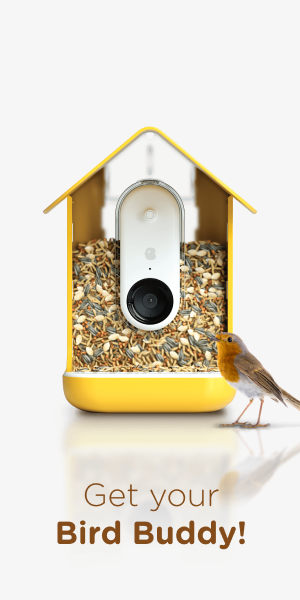Earlier we reported that opium eating parrots that were causing havoc in India and elsewhere.
Poppy farms in Tasmania, Australia are being pillaged by white cockatoos – another member of the parrot family - losing ten to 30 per cent of their crops to the feathered devils.
Are avian addicts about to take over the poppy industry? Scientists first thought the birds were gobbling up poppy seed capsules for the opium content.
But Australian scientists don’t think that’s true.
Dr. Maggie Watson, Lecturer in Ornithology at Australia’s Charles Sturt University, doesn’t believe it’s drugs the opium eating parrots are after.
As poppy seed pods are 50 per cent protein and 22 per cent fat, Watson believes the birds are more likely attracted to the poppy capsules simply as a food source.
Read more about this here.
After re-reading a news report about Indian parrots that were clearly stoned, I asked Dr. Watson for further information.
She kindly clarified that
“(T)here is no evidence in the veterinary literature that birds become addicted to opiates in the same way that mammals do. That doesn’t mean that the chemical doesn’t affect them, just not in the same way. Birds also don’t exhibit responses until very high doses (are taken.)“
-Dr. Maggie Watson, Lecturer in Ornithology, Charles Sturt University, Australia
Dr. Watson also notes that cockatoos are much bigger birds than the Indian opium eating parrots we first reported on, and that they are probably not getting as, er, high a dose for their weight.
So what do you think? Are they looking for a good meal, or just getting high?
Let us know in the comments below!
Related: How to get rid of woodpeckers: Your questions answered
Related: Shocking bird loss since 1970

Our original story about opium eating parrots:
India’s native parrots have become a flock of opium eaters, causing no end of problems for legal opium growers.
Birds and agriculture often don’t get along, as any fruit or grain farmer will readily tell you. Birds just trying to make a living peck away at produce, causing $150 million in crop damage annually (as estimated by the USDA).
That’s bad enough. But when birds are hitting up your crops for recreational reasons, there’s no end to the damage. Just ask the (legal and licensed) opium farmers in the Madhya Pradesh and Rajasthan areas of India, whose crops are ravaged up to 40 times a day by flocks of drug-addicted opium eating parrots.
The birds lick up dripping opium sap, rip seed pods apart and even abscond with whole pods, reducing crop yield by as much as 10 per cent.
So far, all efforts to control the damage have failed. The usually noisy birds have even learned to keep silent until escaping with a purloined pod, and are so intent on getting their fix that scare tactics such as drums and firecrackers don’t deter them.
While amusing at first glance, this avian thievery is a significant problem for the farmers and for the birds.
The legal opium harvest is monitored by the Indian government and farmers are punished for lower-than-expected output, but there’s still no government recognition or aid for the parrot problem, which first cropped up in 2015.
Exhausted farmers and their families are having to stand guard from dawn till dark during March and April to defend their crops from the birds (and monkeys, rabbits and antelopes) that have learned to enjoy the pleasures of the poppy.
The opium eating parrots are suffering too as their short-term pleasure leads to long-term pain. While stoned, they exhibit disoriented flight, crashing into (and out of) trees and becoming easy targets for predators.
After the opium harvest comes a week or so of nasty withdrawal symptoms, which likely kills at least some of the birds. But just like Spring, the survivors are back again next year for another fix.
Note: Legally-grown opium is used to produce medical pain relievers including codeine, morphine and oxycodone.
The main image for this article was formerly attributed to the wrong photographer. This has now been corrected and we thank Mr. Gifrin for pointing out our error!













Add Comment